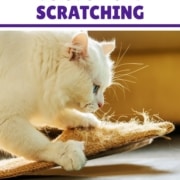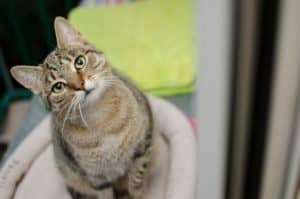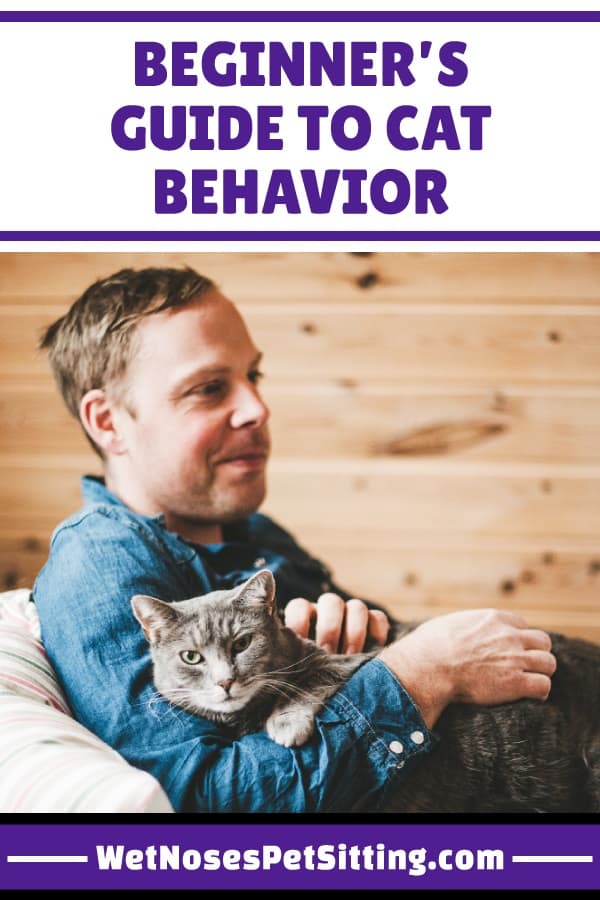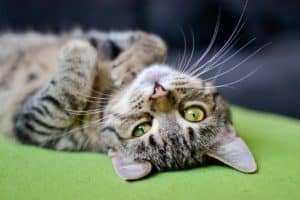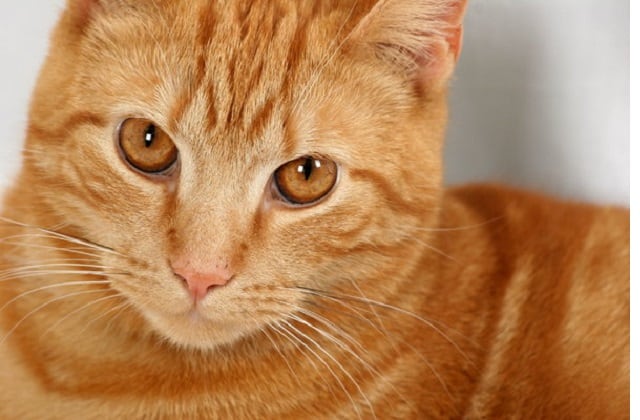Why Some People Don’t Own Pets
I don’t know about you, but I couldn’t imagine an existence without pets. I’ve shared my life with a pet for as long as I can remember, loving them, losing them, and welcoming new ones over the years. So for me, and probably many of you, it’s hard to understand why some people choose to not have pets. I mean, don’t they know what they’re missing?
The American Humane Association (AHA) and PetSmart Charities conducted a study to learn more about pet companions -specifically why some people don’t have pets -in an effort to develop more effective strategies for helping homeless pets get adopted and find their forever homes. The AHA believes the first step in minimizing the number of homeless dogs and cats is to understand why some people don’t have pets. Here’s what the study found:
Data was collected from 1,500 people without pets who either had a dog or cat once in their lives, or never at all. Some reasons for not having a pet were predictable, including: “Pets cost too much money,” or “I don’t have the time,” or “I’m allergic.” But researchers were shocked to learn nearly 20 percent of the study participants who did have a dog or cat at one time (and only one time) never welcomed another pet to their home because they were still suffering from the loss of their previous pet. This finding made it clear to the AHA that they need to better appreciate the human-animal bond and celebrate a person’s prior pet, which will hopefully allow then to take the next step of caring for another pet.
Cats vs. Dogs
Some of the non-pet participants admitted they simply don’t like companion animals, and over one-third expressed their dislike of cats. 45 percent who had a dog at one time said they would consider having another pet, while only 34 percent who had a cat said the same. Of the participants who never had a pet before, 25 percent would consider a canine companion, but only 10 percent would bring home a feline friend. These results helped identify a need for feline-friendly education and training for both pet parents and veterinary staff at the AHA to increase the level of care kitties receive.
Additional Findings
- The longer a pet parent waits after the loss of a pet, the less likely he or she is to welcome a new dog or cat to the home.
- 10 percent of previous dog parents and 12 percent of previous cat parents said they gave away or sold their pet for reasons such as housing restrictions, behavioral issues, allergies, lack of time, death in the family, or divorce.
- Less than 23 percent of previous pet parents adopted their pet from a shelter or rescue agency.
- Nearly 65 percent of study participants said they would adopt their next pet.
- Of the participants over the age of 65, over 90 percent of them said they had no intention of having a canine or kitty companion.
What the AHA and PetSmart Charities Learned
- A plan of action is needed to help address negative attitudes toward cats, and cat adoption strategies would have improved results if targeted toward younger prospective pet parents.
- They need to better understand barriers to pet adoption, such as the grief over a lost pet, and work to reduce existing obstacles such as housing restrictions and financial constraints.
Hopefully, with this information in hand, both the AHA and PetSmart Charities will develop a strategy to attract new adoptees, reduce the shelter populations, and match potential pet parents with their forever friends. However, as all pet parents know, pets are a big responsibility.You should never push a pet on someone who is not ready. The best thing you can do for your non-pet owning friends is educate them on the upsides and downsides of being a pet parent and try and ease their concerns about pet ownership.





